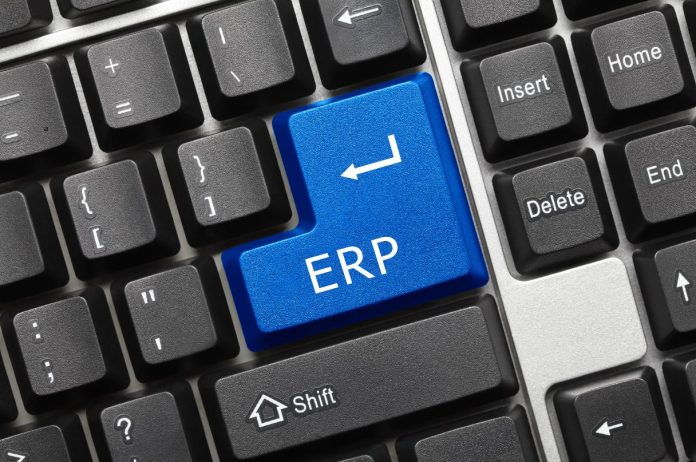The Brazilian Tax Reform, scheduled to take effect in early 2026, inaugurates a new era in the country's tax system. Although it promises simplification, transparency and efficiency, it imposes, in the short term, an unprecedented complexity with legal, operational and financial implications for all companies operating in Brazil. Faced with this new scenario, investing in technology, automation and compliance will not be optional and ERP systems are at the center of this transformation, opening a strategic window for software providers and specialized tax services.
Although many companies still see this new regulation as a local agenda, its effects will be largely global. Foreign companies operating with Brazil in sales, services or digital platforms will also need to adapt to the new tax rules. More than an update, it is a profound reconfiguration in compliance models, transaction processing and reporting. For business leaders, especially in transnational operations, the impact will require quick responses and strategic decisions to avoid regulatory risks and maintain competitive advantage in the Brazilian market.
The rapid pace of innovation already puts new tools at the disposal of tax areas.However, uneven modernization forces many teams to work with fragmented and disconnected solutions. A significant transformation will require re-evaluating existing platforms, identifying gaps and avoiding overlaps that undermine performance and compliance.
Modern ERP is the key in the new tax era
The ongoing tax change in Brazil is not a simple update, it is a fundamental change in the way transactions are processed, reported and reconciled. In this new environment, many ERP systems will remain outside the cloud and may compromise tax compliance, failing at critical points such as application of taxes by destination, real-time validation of credits, management of fractional payments and issuance of electronic tax documents.For these scenarios, there are specific approaches capable of mitigating risks and keeping the operation aligned with legal requirements.
While tax departments are still looking to keep up with this transformation, software developers continue to innovate and accelerate. With the advancement of the SaaS model and the consolidation of highly configurable solutions in the cloud, technology has ceased to be support to become a competitive differentiator. Migrating to modern platforms is no longer a technical issue, it is a strategic decision to maintain efficiency, compliance and the ability to innovate in the face of competition.
According to a study by Deloitte, although 40% of tax professionals consider cloud ERP as an ideal model, many companies still face time and priority limitations.For business leaders, modernization in a dual track model, which combines critical ERP migration with the transformation of the tax platform, represents more than a technological upgrade is a strategic opportunity for innovation, efficiency gain and competitive alignment in an increasingly digital and dynamic tax scenario.
Tax efficiency is a competitive advantage
With the imminent arrival of Tax Reform, companies need to find ways to optimize the benefit of new technologies. The adoption of cloud solutions frees up advanced features for both ERP systems and business operations in general, while creating an ideal opportunity for tax transformation. Choosing the right solutions requires rigorous planning and consideration, while upgrades and replacements require the same diligence.
Implementing new taxation is not just a tax change.It is a complete transformation in how your ERP system handles tax compliance, cash flow, reporting, and integration. Ignoring this transformation, or treating it as a simple IT upgrade, can expose companies to serious financial, operational, and regulatory risks.
Regardless of the stage in which each company is, advancing in the journey of fiscal modernization means more than fulfilling obligations. It is a way to transform data into operational intelligence, accelerate decisions and increase competitiveness.


